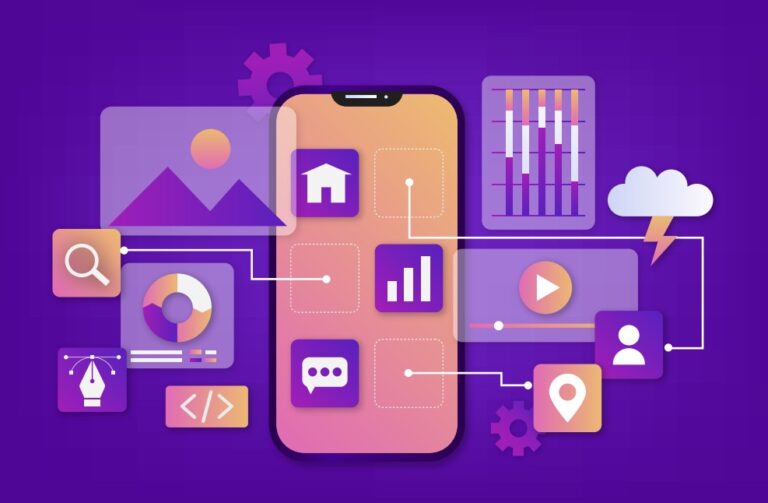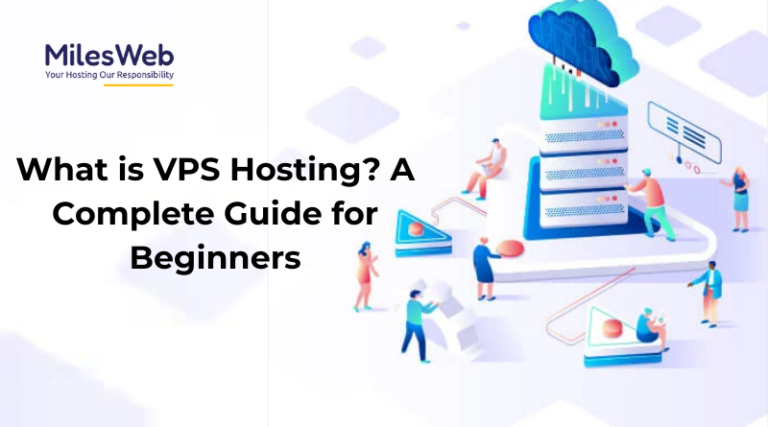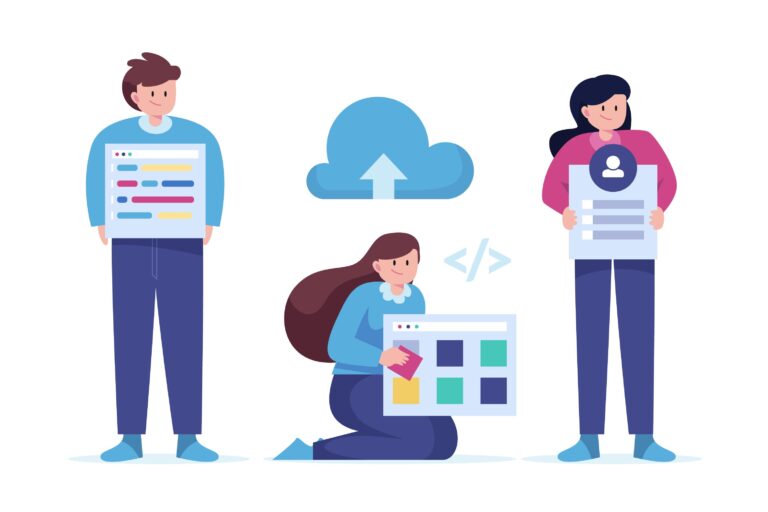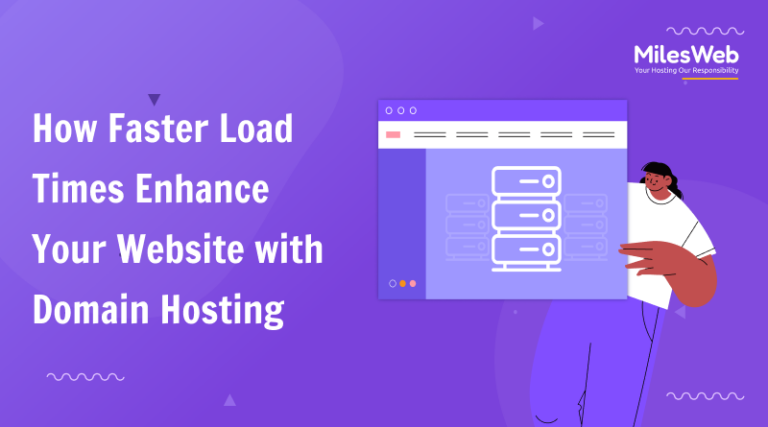In the rapidly evolving landscape of web development, Progressive Web Apps (PWAs) have emerged as a powerful solution that combines the best features of both web and mobile applications. They offer offline capabilities, push notifications, and improved performance, all while being accessible through a web browser. However, like any other digital technology, PWAs come with their own set of security challenges. For a mobile app development company in Bangalore, ensuring the security of PWAs is paramount to protect user data and maintain trust. This article delves into the best practices for securing Progressive Web Apps.
Understanding the Security Landscape
Before diving into specific practices, it’s essential to understand why security is crucial for PWAs. These applications often handle sensitive data, including personal information, payment details, and other confidential data. As PWAs become more sophisticated, they also become more attractive targets for cyber-attacks. Therefore, implementing robust security measures is not just a technical necessity but also a business imperative.
Best Practices for PWA Security
1. Use HTTPS
The first and foremost security measure is to serve your PWA over HTTPS. This ensures that all data transmitted between the user’s browser and your server is encrypted, protecting it from interception and tampering. HTTPS also helps to prevent man-in-the-middle attacks, where an attacker could potentially intercept and alter the communication between the user and the web application.
In mobile app development, setting up HTTPS is straightforward with modern hosting providers often offering free SSL certificates via services like Let’s Encrypt.
2. Implement Service Workers Securely
Service workers are a core component of PWAs, enabling features like offline access and background synchronization. However, they also introduce potential security risks if not implemented correctly. Here are some best practices for managing service workers securely:
- Scope Control: Limit the scope of your service worker to only those parts of your site that require it. This minimizes the risk of unauthorized access to other parts of your application.
- Validation and Sanitization: Ensure that data processed by service workers is validated and sanitized to prevent security vulnerabilities such as cross-site scripting (XSS).
- HTTPS Requirement: Service workers can only be registered on sites served over HTTPS, adding an extra layer of security.
3. Content Security Policy (CSP)
A Content Security Policy is an added layer of security that helps to detect and mitigate certain types of attacks, including XSS and data injection attacks. CSP works by specifying which dynamic resources are allowed to load. By configuring a strict CSP, you can prevent unauthorized scripts from being executed on your site.
For instance, you can restrict the sources from which scripts, styles, and other resources can be loaded, significantly reducing the attack surface.
4. Regular Security Audits and Vulnerability Testing
Regular security audits and vulnerability testing are critical to maintaining the security of your PWA. Tools like Google Lighthouse can help you perform security audits to identify potential vulnerabilities. Additionally, consider using specialized security scanning tools to check for common vulnerabilities such as SQL injection, XSS, and CSRF.
for mobile app development, it’s advisable to schedule these audits regularly and after any significant changes to the application.
5. Data Encryption
Data encryption should be employed both in transit and at rest. While HTTPS ensures data is encrypted during transmission, it’s equally important to encrypt sensitive data stored on the client side using Web Storage APIs like IndexedDB or localStorage. This ensures that even if an attacker gains access to stored data, they cannot easily read it.
6. Authentication and Authorization
Robust authentication and authorization mechanisms are crucial for securing user accounts and data. Implement strong authentication practices, such as multi-factor authentication (MFA), to add an extra layer of security. Ensure that authorization is enforced on the server side to prevent unauthorized access to resources.
7. Secure Caching Strategies
Caching is a vital part of PWA performance, but it must be handled securely to avoid exposing sensitive data. Implement cache strategies that differentiate between public and private data. For sensitive information, consider using session-based caching mechanisms that do not persist data beyond the session duration.
8. Handle Sensitive Data with Care
Avoid storing sensitive data on the client side whenever possible. If necessary, use secure storage solutions and ensure data is encrypted. Always follow the principle of least privilege, only requesting and storing data that is essential for the application’s functionality.
9. Update and Patch Regularly
Keeping your PWA and its dependencies up to date is critical for security. Regularly update your application to patch known vulnerabilities and apply security updates from libraries and frameworks you use. Automated tools can help manage these updates to ensure your application is always protected against the latest threats.
10. Educate Users
Educating users about security best practices can also enhance the overall security of your PWA. Encourage users to use strong, unique passwords, enable MFA, and be cautious about the permissions they grant to applications.
Conclusion
Ensuring the security of Progressive Web Apps is an ongoing process that involves implementing a combination of best practices and proactive measures. For a mobile app development company in Bangalore, focusing on HTTPS, secure service worker implementation, regular security audits, and robust authentication can help build secure and reliable PWAs. By following these guidelines, companies can protect user data, maintain trust, and deliver a seamless and secure user experience. As the landscape of web development continues to evolve, staying informed and vigilant about security best practices will remain crucial.









